Web3 - Exploring the Future of the Web
1. What is Web3 and how does it differ from the current web?
Web3 represents the next generation of the internet, often referred to as Web 3.0. Unlike the current web, which is primarily centralized and controlled by a few dominant entities, Web3 aims to be decentralized and give more power and control to individual users. It uses blockchain technology and various other decentralized technologies to achieve this.
Web3 focuses on privacy, data ownership, and allowing users to interact with applications without intermediaries. It aims to eliminate issues like data breaches, censorship, and monopoly control, providing a more open, transparent, and secure online environment for users.
2. What are the key components of Web3?
Web3 comprises several key components, including:
Decentralized Identity: Web3 provides users with the ability to have self-sovereign identities that are not controlled by any central authority. This allows for greater privacy and security.
Blockchain Technology: Blockchain serves as the underlying technology for Web3, ensuring transparency, immutability, and enabling secure and trustless transactions.
Smart Contracts: Smart contracts are self-executing contracts with predefined rules and conditions. They facilitate trust and automate transactions without the need for intermediaries.
Interoperability: Web3 aims to enable seamless interoperability between different blockchains and decentralized protocols, allowing for the exchange of data and assets across various platforms.
Decentralized Applications (dApps): dApps are applications built on decentralized networks, offering various services such as finance, governance, social media, and more. These applications empower users and eliminate the need for intermediaries.
3. What are the potential benefits of Web3?
Data Ownership: With Web3, users have more control over their personal data. They can choose when and how to share their data, reducing the risk of data breaches and unauthorized use.
Transparency: Web3 brings transparency to various industries. Blockchain technology ensures a public and immutable ledger, making it easier to track and verify transactions.
Reduced Intermediaries: Web3 removes the need for intermediaries in many processes, reducing costs and increasing efficiency. It enables peer-to-peer interactions without relying on centralized authorities.
Financial Inclusion: Web3 allows anyone with an internet connection to access financial services, regardless of their location or background. This opens up opportunities for the unbanked and underbanked populations.
Censorship Resistance: Web3 provides resistance against censorship and control. Since it is decentralized, it is less susceptible to government or corporate interference.
Innovation: Web3 fosters innovation by providing a platform for developers to create new decentralized applications, explore new business models, and experiment with emerging technologies.
4. How is Web3 related to blockchain technology?
Web3 heavily relies on blockchain technology as one of its fundamental pillars. Blockchain ensures decentralized consensus, immutability, and transparent record-keeping. It enables secure and trustless transactions, which are essential for building a decentralized web.
Blockchain technology is used in Web3 for creating decentralized identities, secure storage of user data, executing smart contracts, and enabling tokenized economies within dApps. It provides the infrastructure needed for Web3's vision of a decentralized internet.
5. What are some challenges and limitations of Web3?
Scalability: Web3 is facing scalability challenges due to the limitations of current blockchain networks. Transaction throughput and latency are areas that need improvement to support mass adoption.
User Experience: The user experience of decentralized applications is often complex and less intuitive compared to centralized counterparts. Improving the user experience is crucial for wider adoption of Web3.
Regulatory Uncertainty: As Web3 disrupts traditional industries, there is regulatory uncertainty surrounding its various aspects, such as decentralized finance (DeFi), digital identity, and security token offerings (STOs). Regulation needs to catch up with the technology.
Energy Efficiency: Some blockchain networks use significant amounts of energy, which raises concerns about sustainability and environmental impact. Finding more energy-efficient consensus mechanisms is a challenge for Web3.
Interoperability: Achieving seamless interoperability between different blockchains and protocols is challenging. Currently, there are siloed ecosystems, hindering the free flow of data and assets across platforms.
Educational Gap: Web3 is still a relatively new concept, and there is an educational gap in understanding its potential. Creating awareness and educating users about the benefits and usage of Web3 is crucial for its adoption.
6. How can individuals get involved in Web3?
There are several ways for individuals to get involved in Web3:
Explore dApps: Start using decentralized applications built on Web3 platforms. These can range from decentralized finance platforms to social media platforms or gaming applications.
Invest in cryptocurrencies and tokens: Participate in the tokenized economies of Web3 by investing in cryptocurrencies and digital tokens associated with promising projects and protocols.
Contribute to open-source projects: Many Web3 projects are open-source, allowing developers to contribute their skills and help build the decentralized ecosystem.
Stay informed and educate others: Keep up with the latest developments in Web3 and blockchain technology. Share your knowledge with others and help spread awareness about the potential of a decentralized web.
Advocate for Web3 adoption: Support the adoption of Web3 by advocating for its benefits and pushing for regulatory frameworks that enable innovation and growth in the space.
Join communities and events: Engage with Web3 communities, attend conferences, webinars, and meetups to connect with like-minded individuals and stay updated on the latest trends in the space.
In conclusion, Web3 represents an exciting evolution of the internet, promising more privacy, control, and innovation for users. While it faces challenges and limitations, the potential benefits it offers make it a significant area of focus for developers, businesses, and individuals looking to shape the future of the web.


